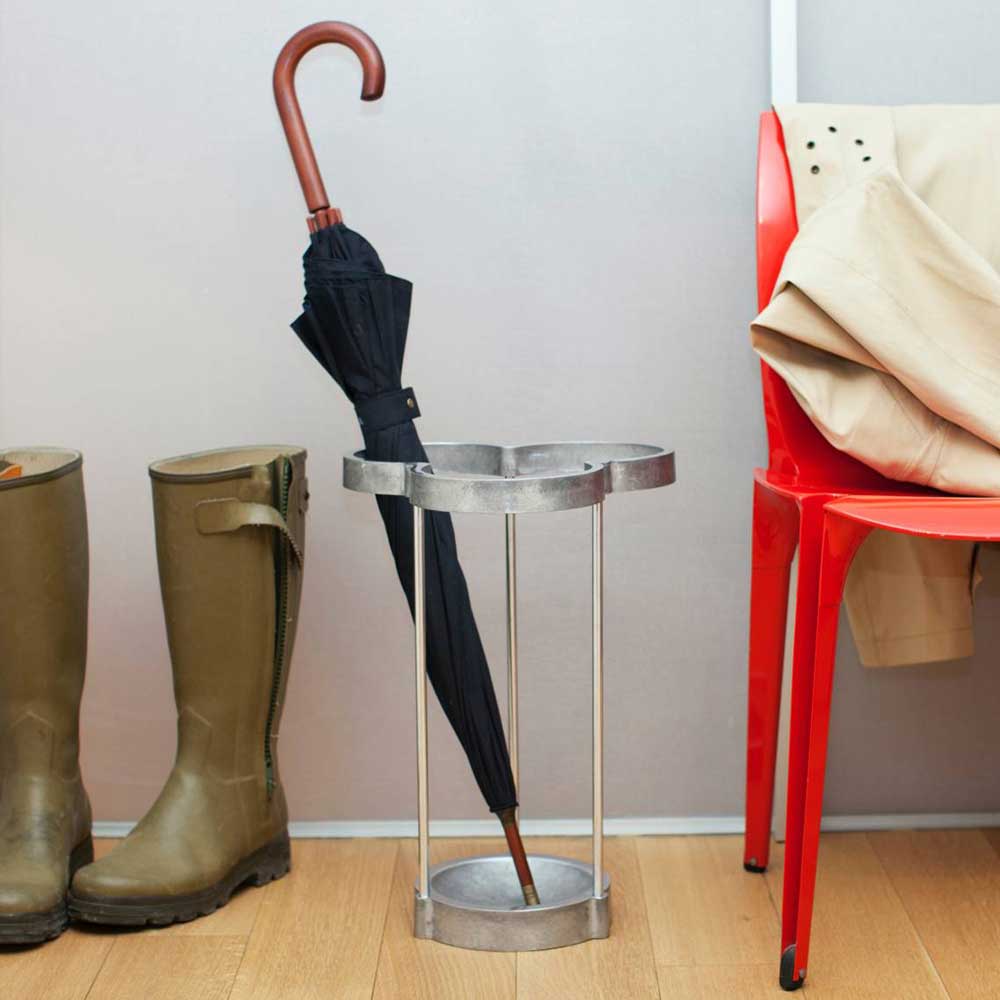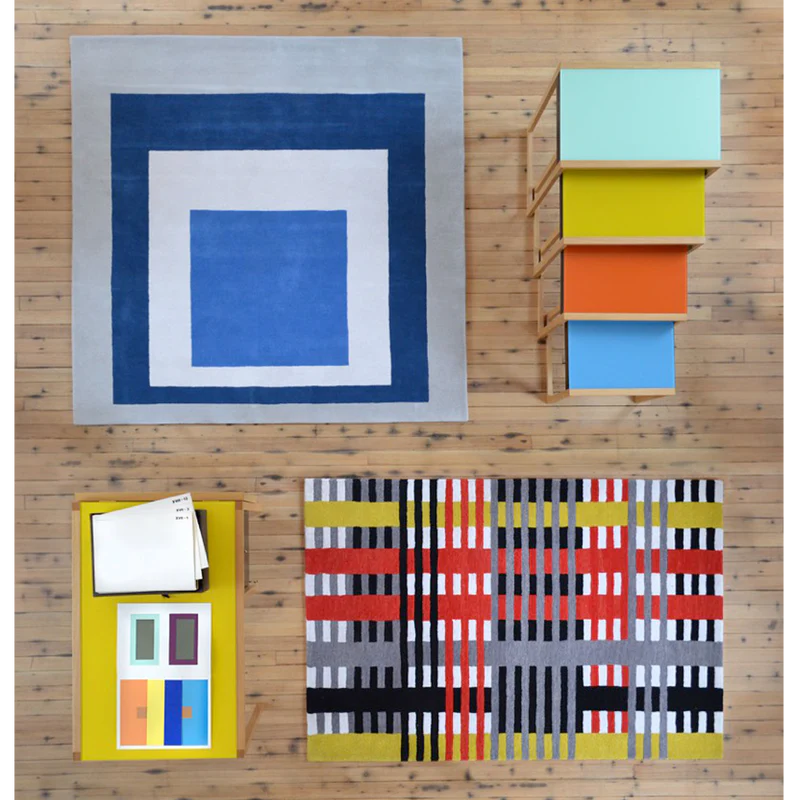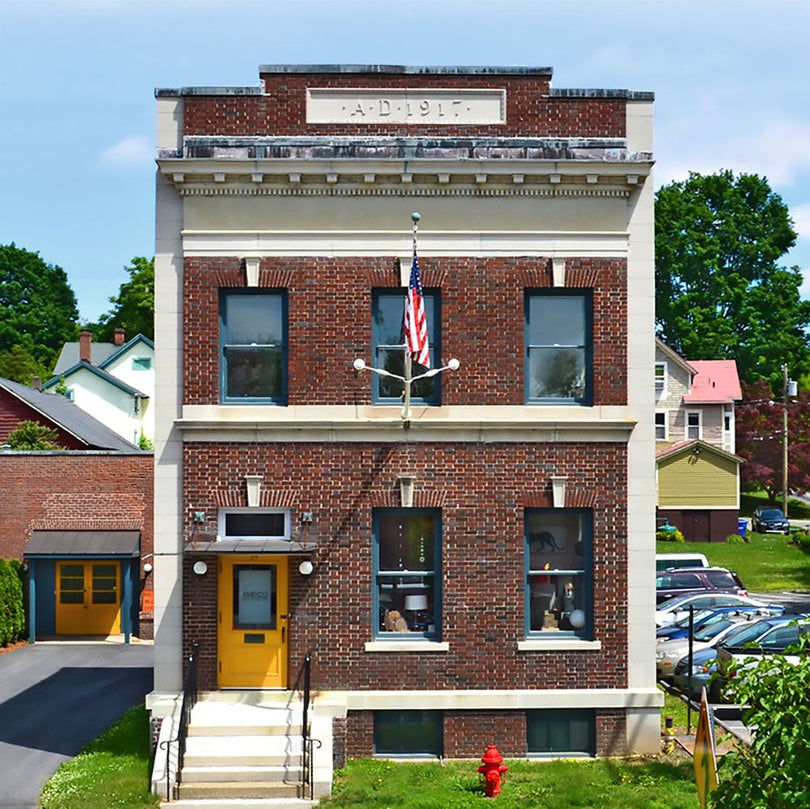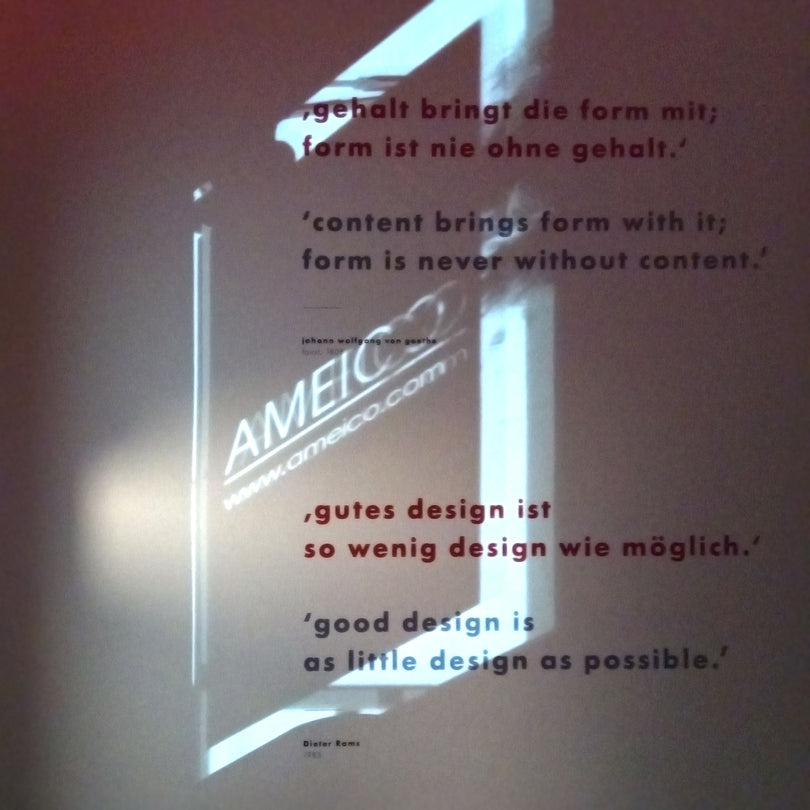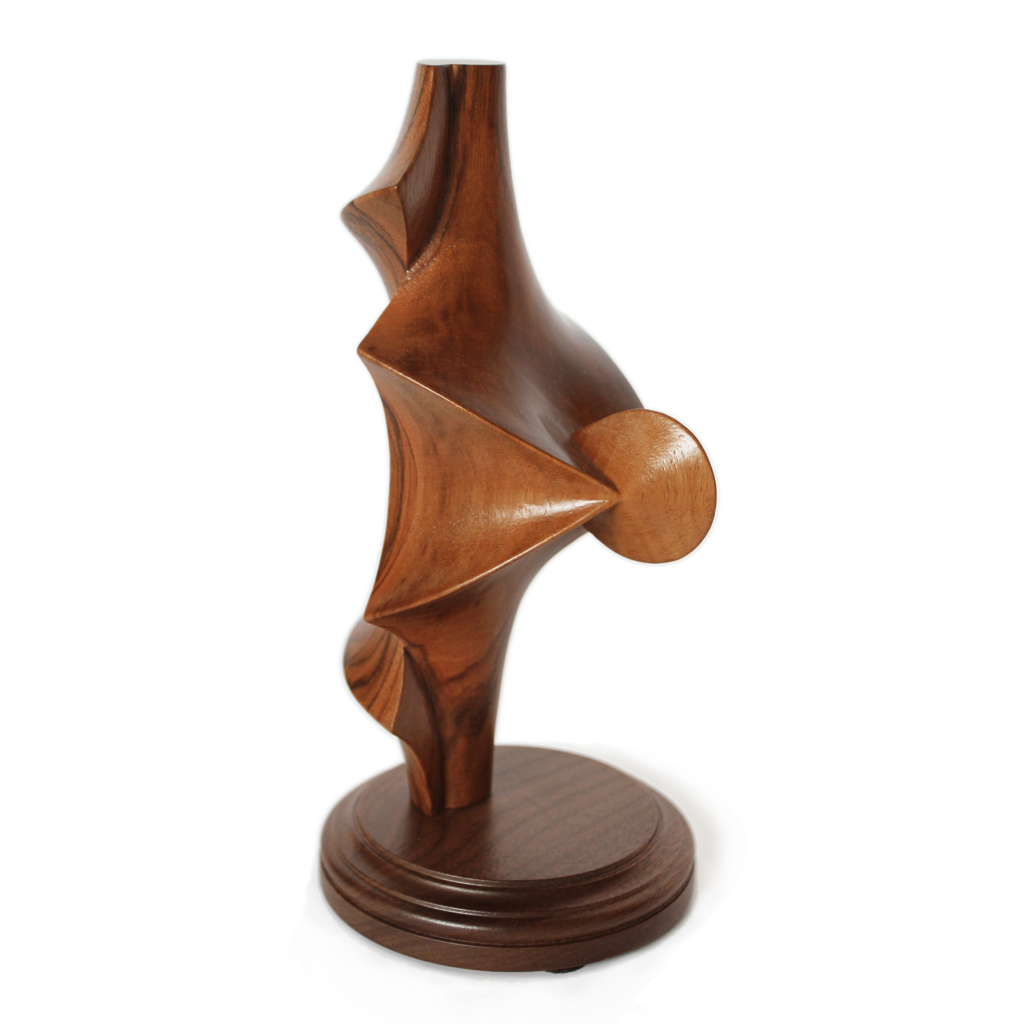

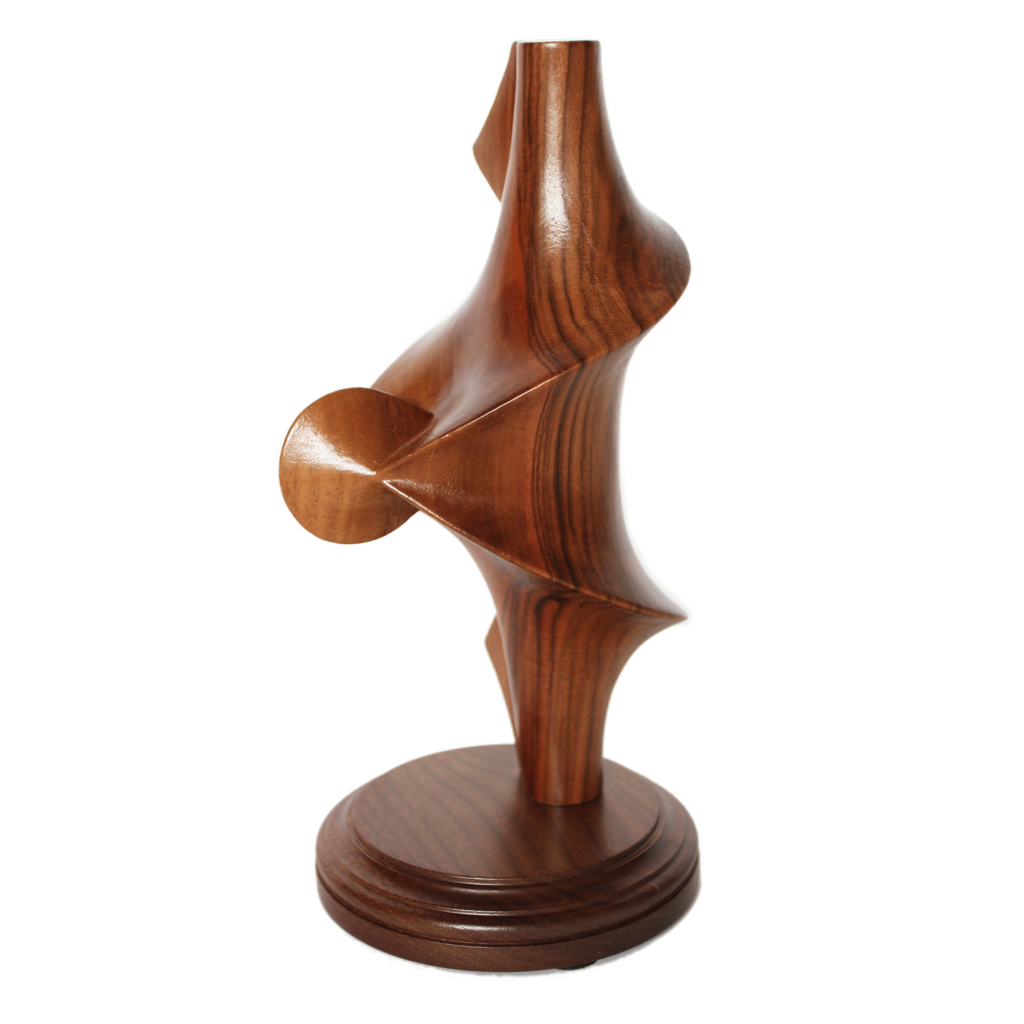
IC Design - Kuen Surface Model
Solid walnut non-euclidean model that inspired Man Ray's Kuen Surface. Numbered production.
In 1936 Man Ray was hired by the art journal Cahiers d’Art to photograph the mathematical models of non-euclidean geometry at the Institut Henri Poincaré in Paris. These models went on to be exhibited alongside many surrealist and modernist works at the Grand Palais. Man Ray’s series of photographs and paintings called Shakespearean Equations contributed to liberating these forms from the isolation of scientific research, and presented to the public the world of mathematical elegance. This is an accurate representation of the Kuen surface. The beginning of the 20th century saw increasing complexity in the study of mathematics and it heralded the use of three dimensional models as teaching aids. One of these was the Kuen Surface, a rare example of a surface with constant negative curvature, first described by the German mathematician Alfred Enneper (1830-1885).
Material: Solid walnut
Overall Dimension: H:11" x Ø:5"
Made in Germany
Design by: Man Ray
Design year: 1936
Emmanuel Radnitzky, by far better known by his iconic pseudonym of Man Ray, was an American artist whose innovative work established him as the leading figure behind the concepts of Dada and Surrealism, as well as for the rest of the early avant-garde art.
